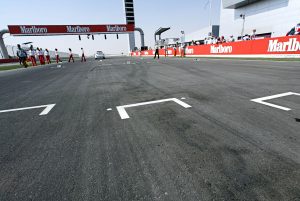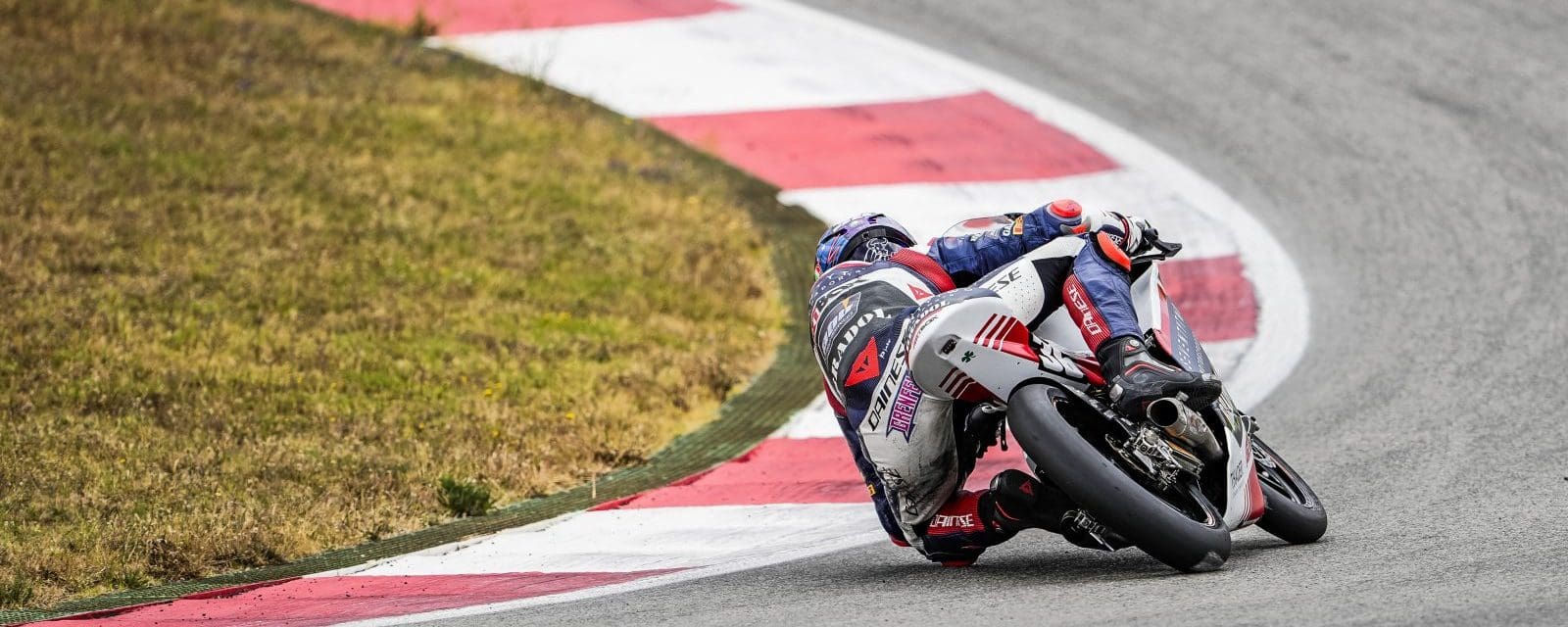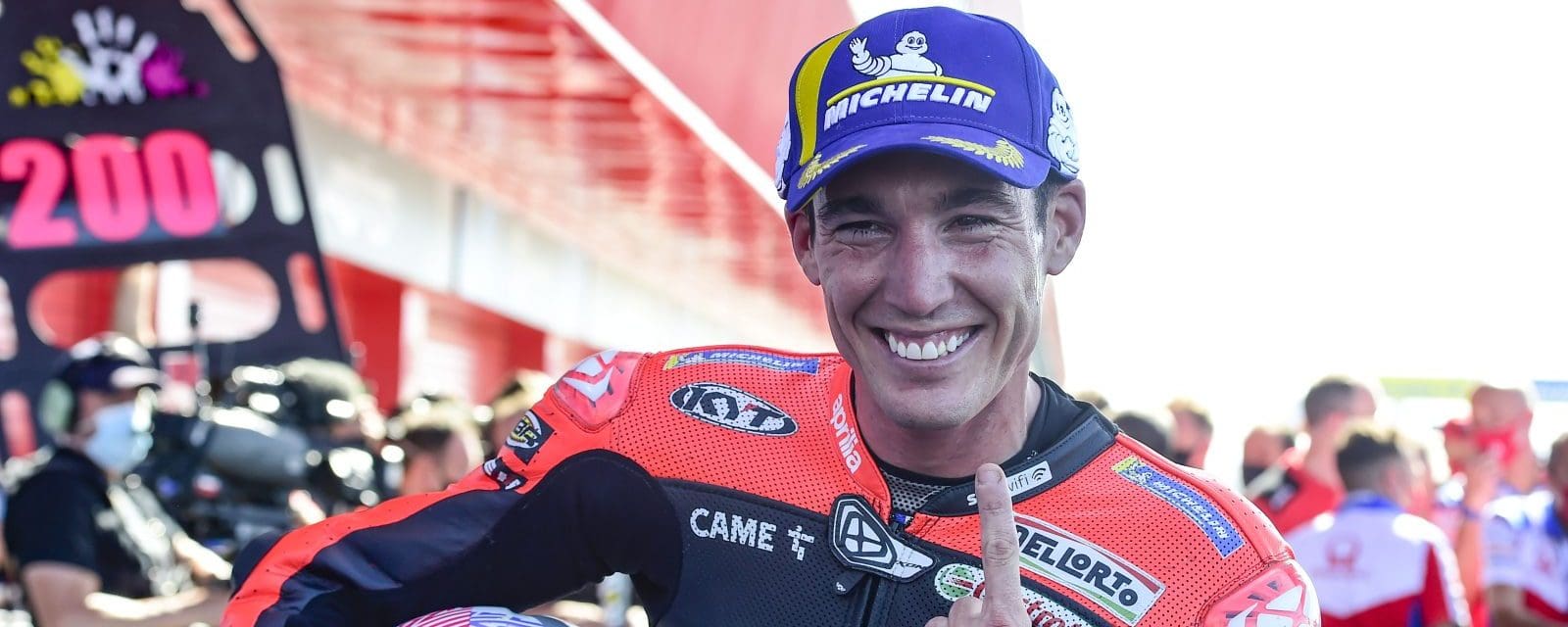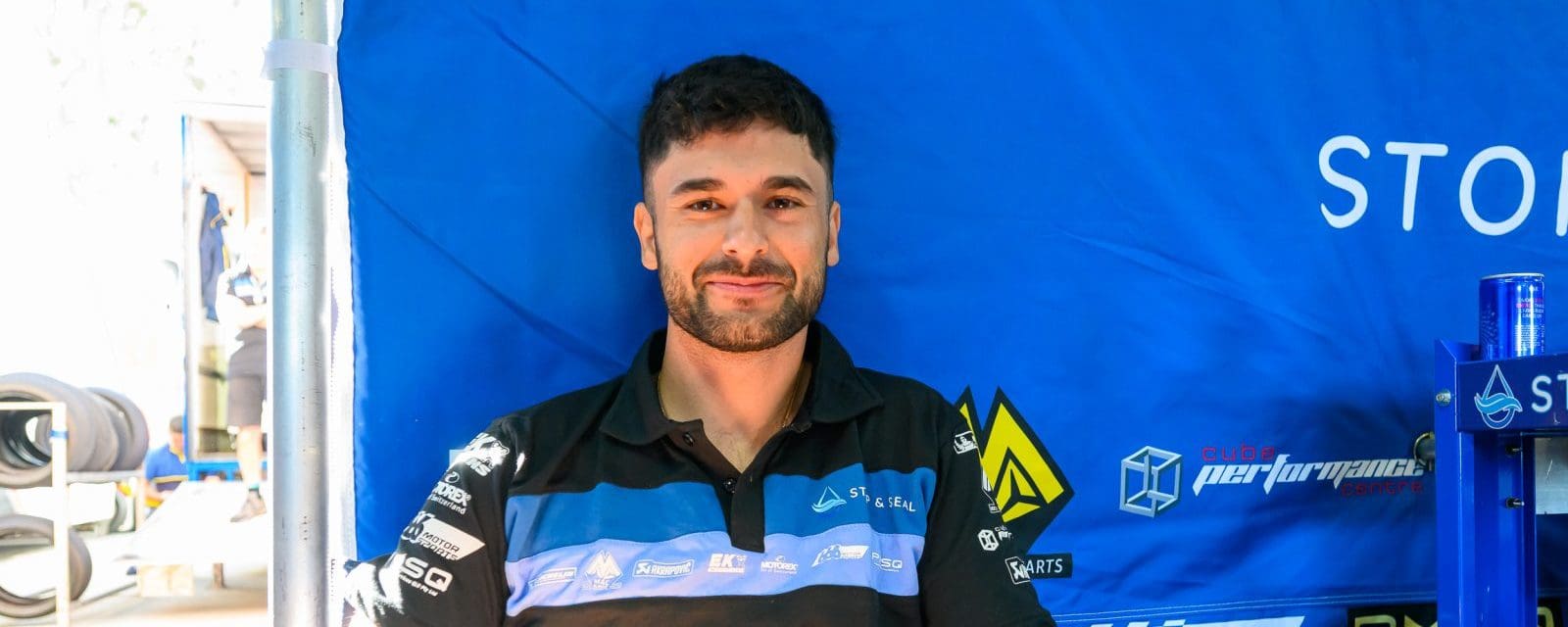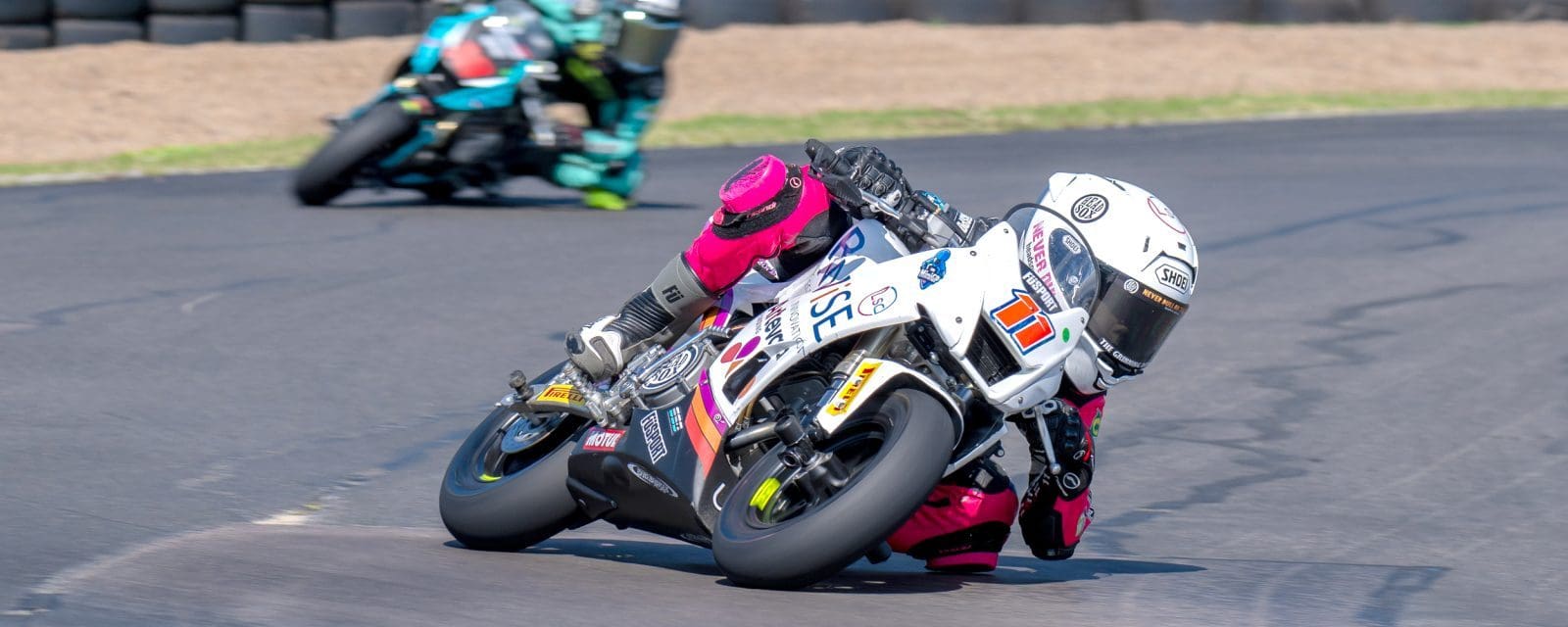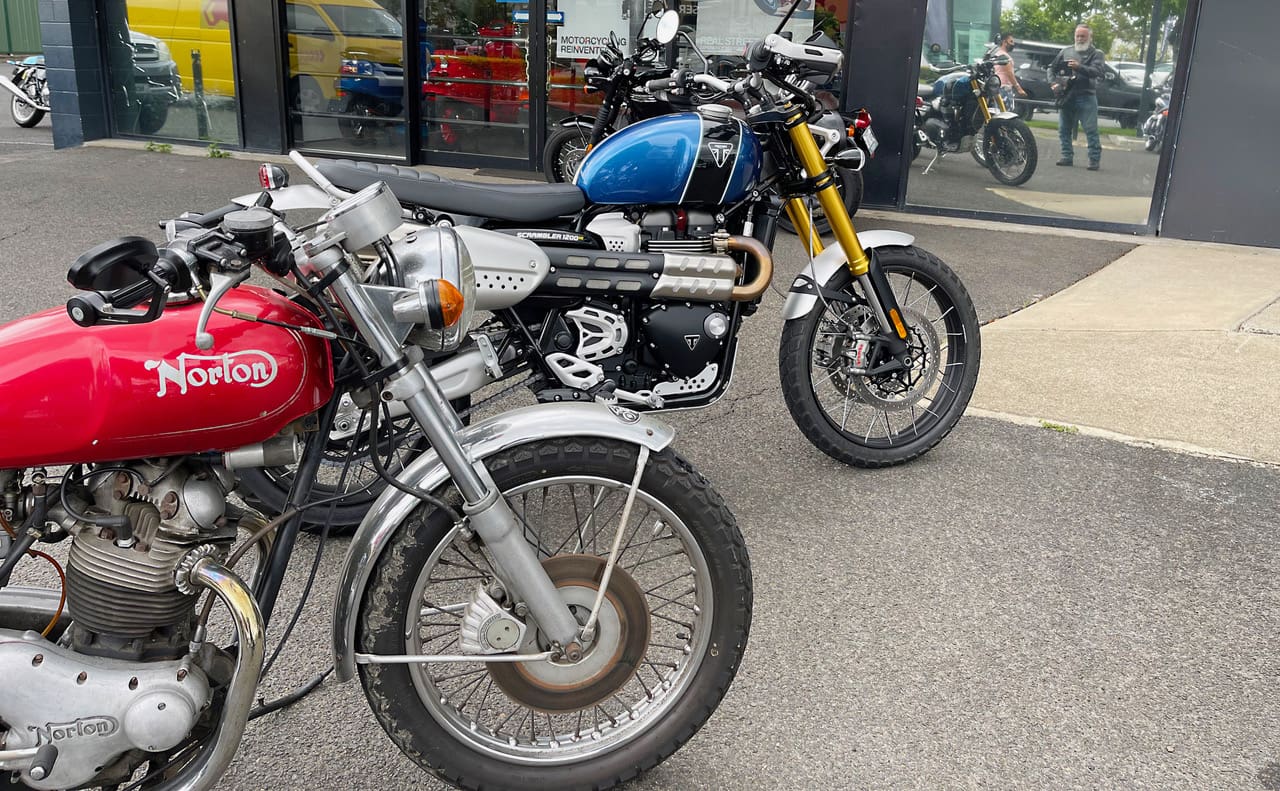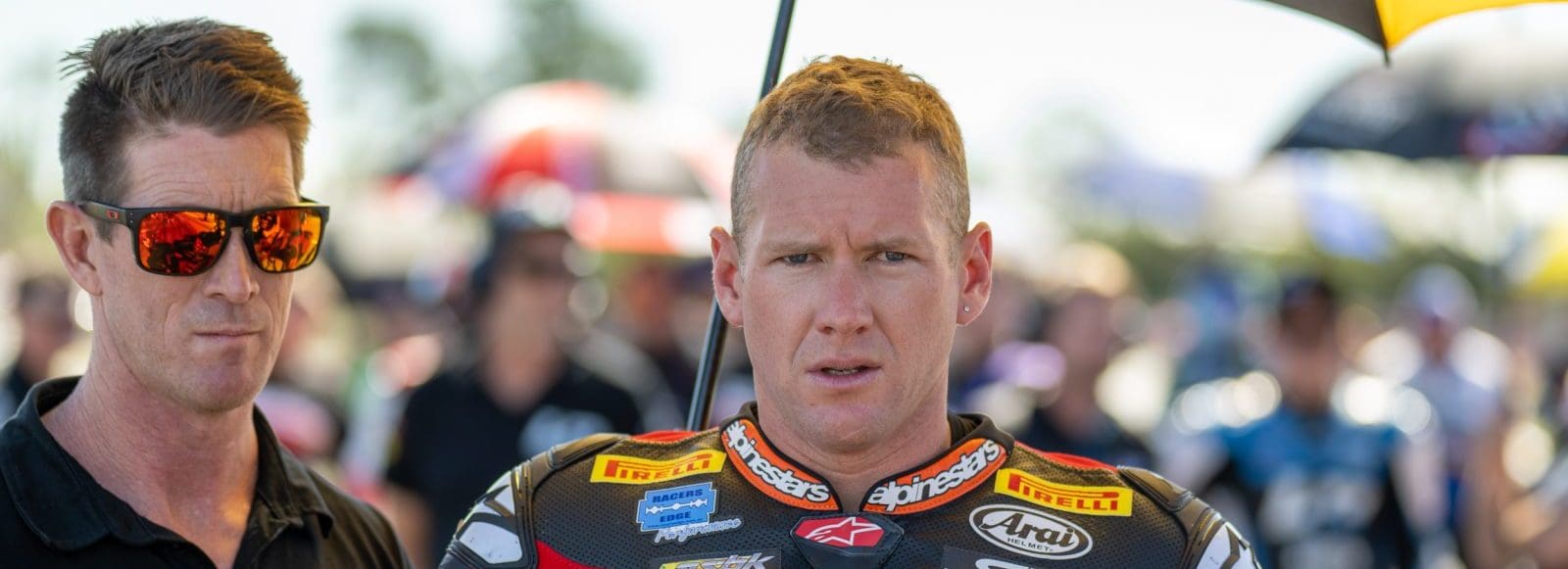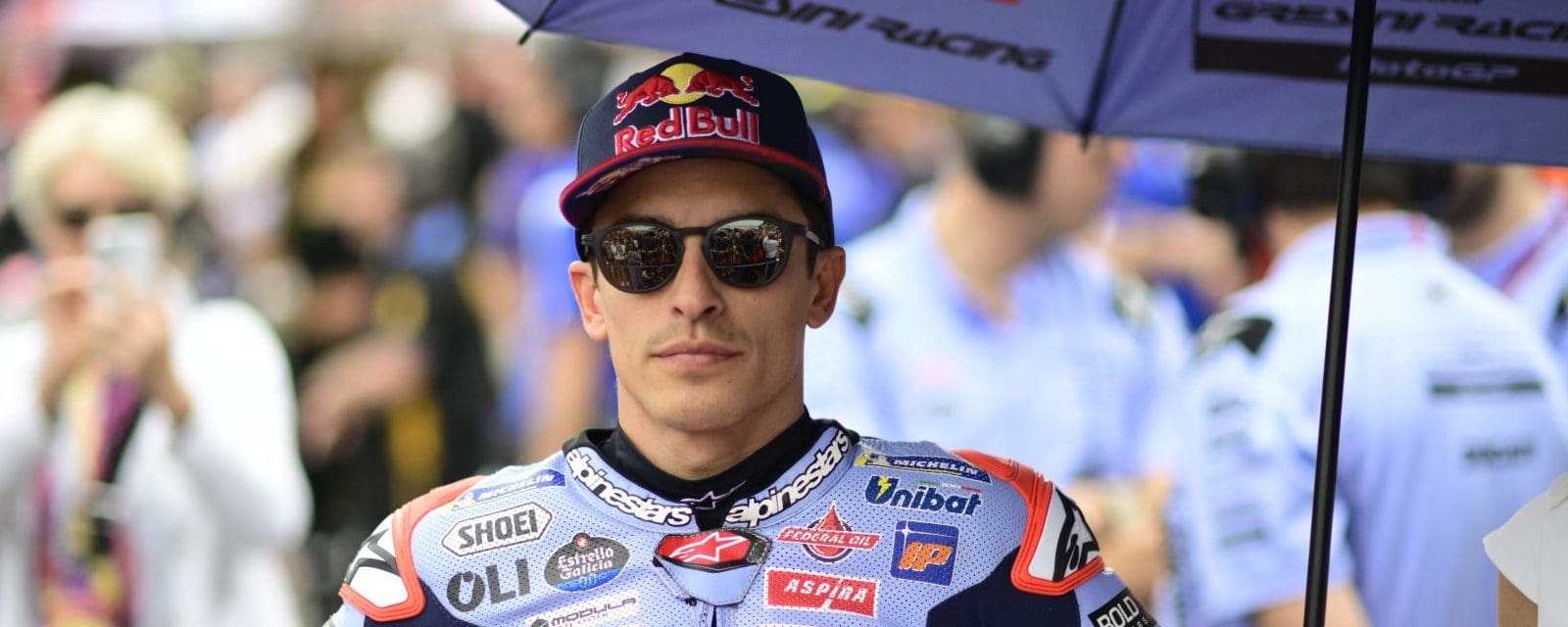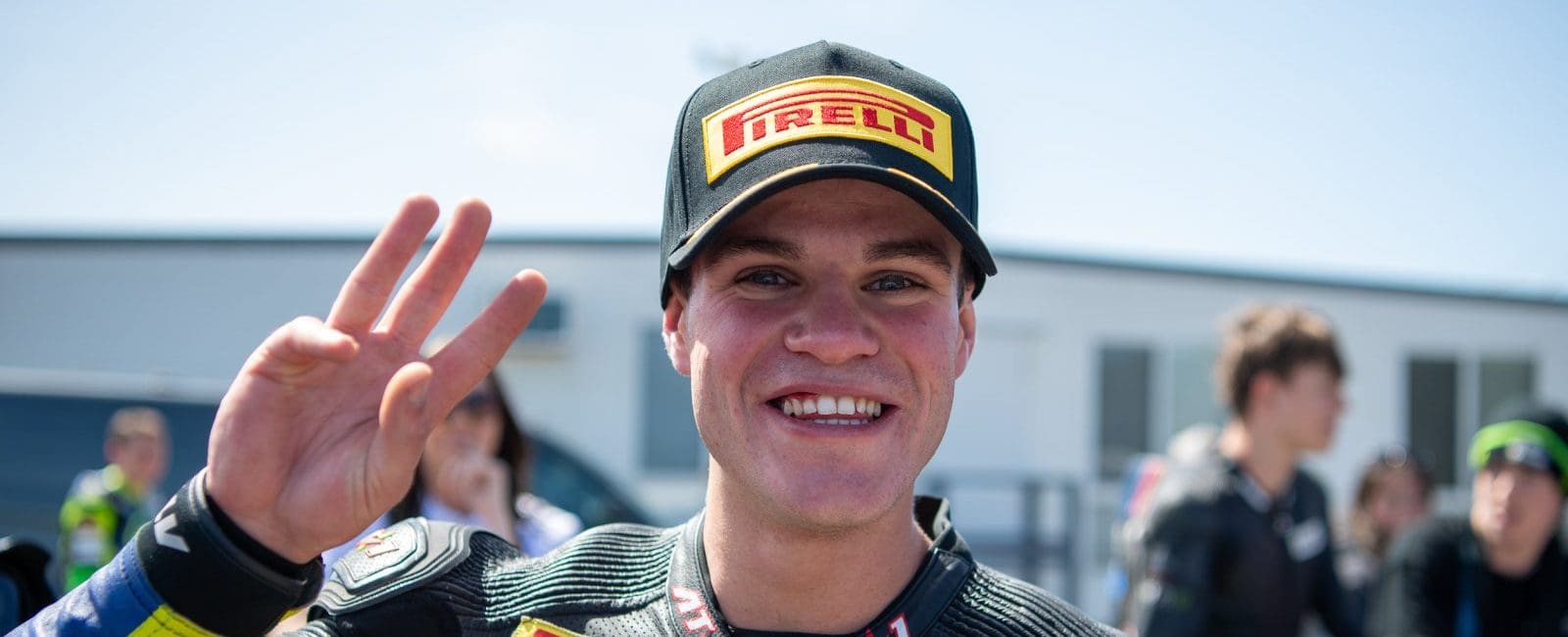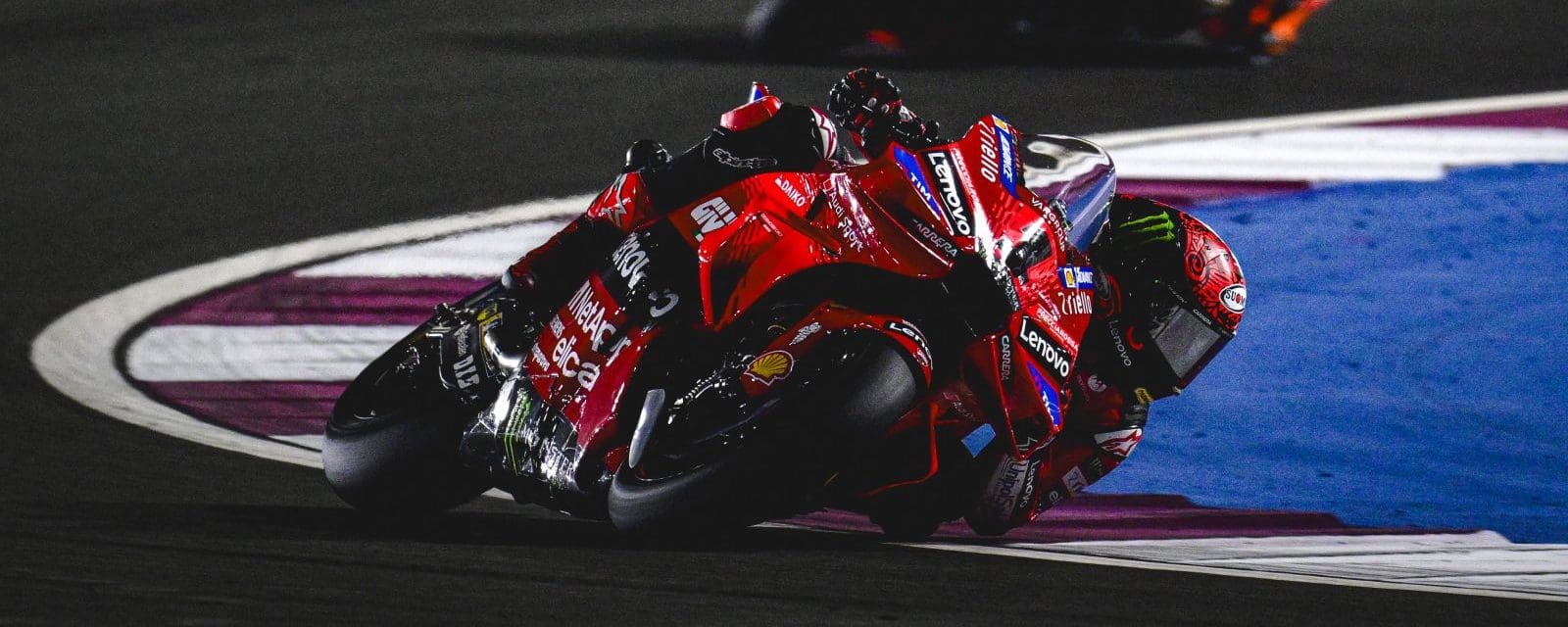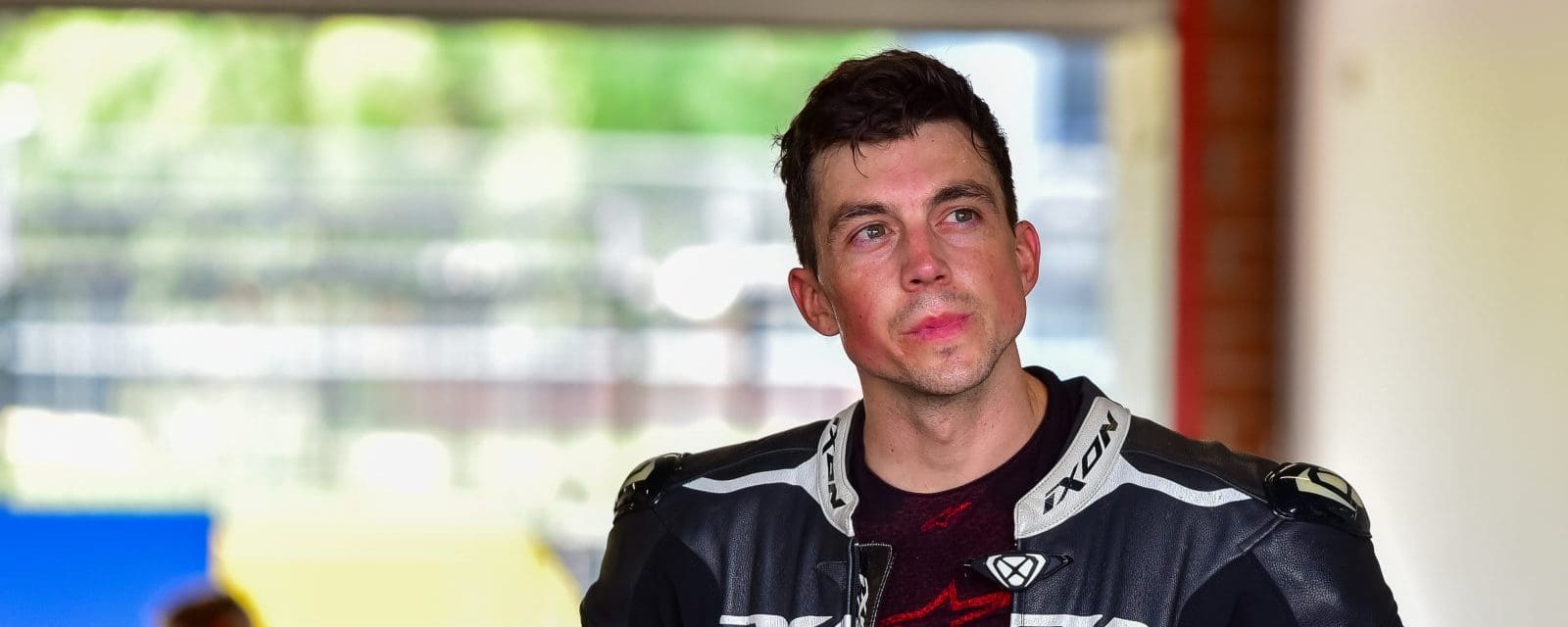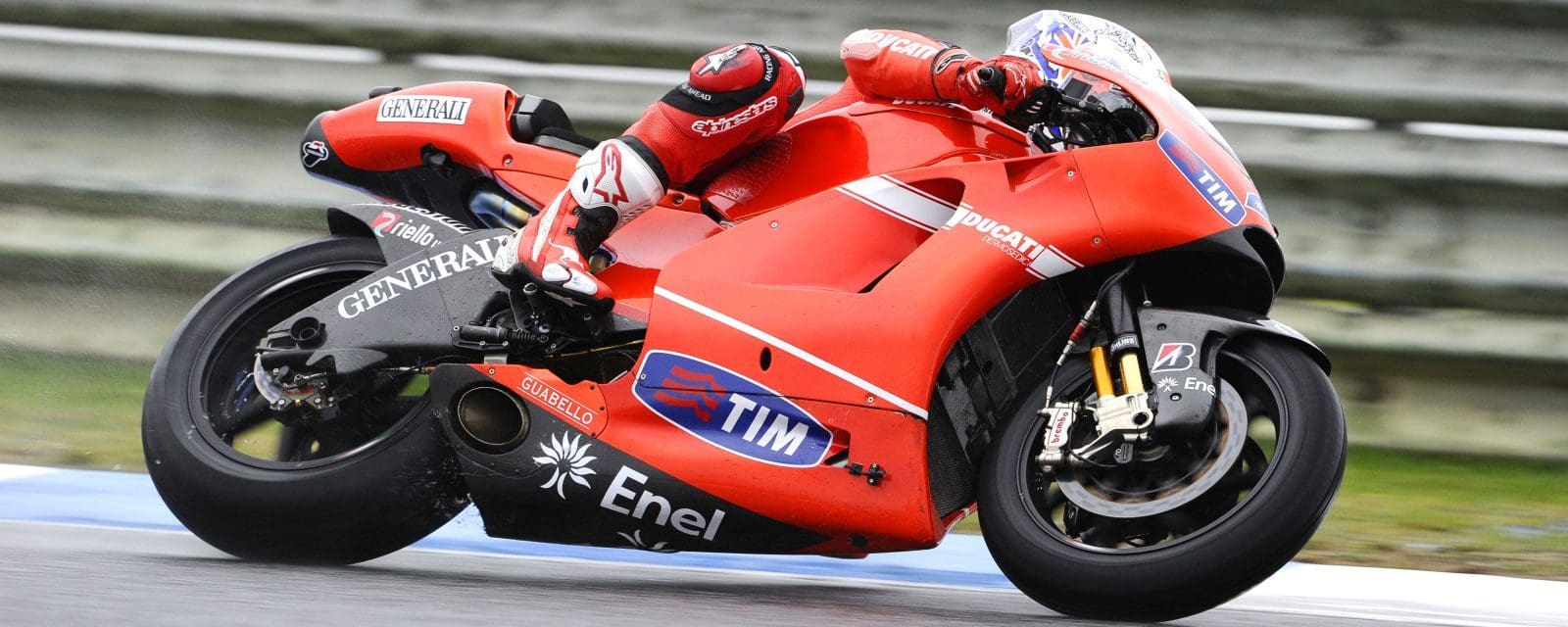It’s been a torrid time for sports scandals. Thanks to the Australian cricket team and the merciless revelations of long-lens TV cameras.
You’ll all know the details: heck, even the prime minister got involved in condemning the sad story. Sandpapering the ball, getting caught, fumbling to stash the evidence in underpants, then a farrago of lies followed by lame excuses. Swingeing penalties and disgraced dismissals, all marinated in floods of unseemly tears.
You’d need a heart of stone not to laugh.
Do we care about cricket? No death-defying courage, and cripplingly slow five days compared with MotoGP’s 45 minutes.
But we are lagging. Cheating is one thing, but gamesmanship and the thrill of attendant publicity is an integral part of top-level sports, including Formula 1. Illegal fuel, deliberate crashes, team orders and serious espionage (McLaren on Ferrari).
And motorcycling? Nothing worth headlines, let alone a sneaking admiration. Or the prime minister.
Recently there have been some genuine mistakes – Moto2 teams using un-homologated oil or clutches, and in Moto3 an un-homologated ECU. Most stories come from production racing, and entail surreptitious slipping in of shims to improve ground clearance. There’ve been illegal pistons and cams, dodgy material upgrades and so on, but today, thanks to good policing, it’s almost unheard of.
In the past, some blind eyes were turned.
In the lean years of the 500s, when MV Agustas galloped away from dis-spirited Nortons, etc, grid numbers were hugely boosted by much quicker Yamaha two-stroke twins. To be legal, they had to be bigger than 350s. A crankshaft mod and a thicker base gasket would make the size – but how many riding ‘351cc’ Yamahas actually did it?
More to the point, since the 250 and 350 Yamahas were almost identical apart from exhaust bore size, how many so-called 250s were actually disguised 350s? Or 351s?
These, however, were essentially midfield matters. Proper skullduggery needs to be top level.
Funnily enough, or perhaps not, some rumours involve the most ruthless of factories, Honda. Perhaps it’s better not to name the two riders involved, for one would later become very famous. The American pair were sharing a factory endurance bike, and heading for victory. A bad result, for the bike was illegal. The second rider was instructed to make sure it didn’t finish. Apparently, blowing it up proved very difficult.
Honda again, in 1982, after three years of horrendous humiliation with the clever but badly outclassed oval-pistoned NR500, HRC Honda put new discovery Freddie Spencer on it for a single outing at Silverstone. He was up to fifth and eyeing the leaders before a premature retirement. It probably wasn’t over-size, as some suggested. More likely it had never been intended to finish, and had started with a light enough fuel load
for a last hurrah.
And more recently? Aside from a couple of drug busts (Superbike’s Nori Haga and GP’s Anthony West – both the result of misjudged use of over-the-counter medication) – I can only recall one.
It happened at Qatar in 2004, and like all good scandals involved the top man: Valentino Rossi.
The new desert track was dusty, so his crew chief Jerry Burgess and his Australian cohorts decided a bit of rubber leading off his row-three starting slot might help his launch, and they laid a decent-size mark by spinning up a scooter wheel (pictured). Or were they, as Burgess insisted, just marking the track to help Rossi’s aim into the first corner?
Either way, Rossi was put to the back of the grid, and rode like a demon to get up to fourth in five laps before having a rare crash. He called Race Direction bastardos on TV, and forever after blamed his rival Sete Gibernau, saying “he will never win another race”.
At least he was right about that.
By Michael Scott
